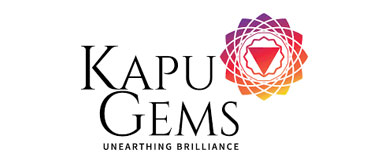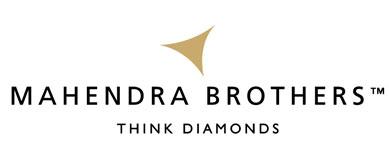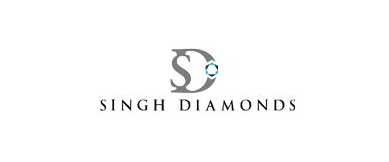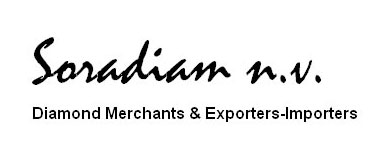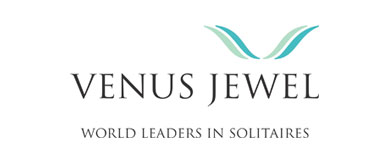Diamond Sales
Burgundy sources diamonds directly from our world-renowned Ekati Diamond Mine in Canada’s Northwest Territories. Each premium gem-quality diamond is ethically produced and sourced through sustainable practices that meet Canada’s stringent environmental regulations and provides significant social and economic benefits for northern and Indigenous people.
Through our unique mine to market business model with total chain of custody, Burgundy is able to assure undeniable guarantee of provenance and traceability for our rare and beautiful gemstones. The diamonds are sold through our proprietary auction system in Antwerp, Belgium and through select tenders for larger special stones. Burgundy also sells to exclusive jewellers through our brand partnerships, supplying unique fancy gemstones for exquisite high-end jewellery pieces and custom jewellery designs.
Each diamond is unique – a gemological marvel formed billions of years ago under extraordinary heat and pressure. Celebrating meaningful moments – emotion, gratitude, attachment, commitment and love – Burgundy diamonds are universally admired, appreciated and desired.
Interested in purchasing Ekati diamonds?
Premium quality, ethically sourced Canadian diamonds are available through our sales office in Antwerp. Please fill out the Purchase Inquiry Form if you wish to register to participate in one of our rough diamonds sales auctions in Belgium.
The value of a polished diamond is calculated using four criteria known as the 4Cs.
CanadaMark™
The CanadaMark™ hallmark program provides customers with the assurance of the integrity of the supply chain of Canadian diamonds from mine to retail. The program gives the end consumers of diamond jewellery confidence in the origin and history of their polished diamonds.
Every CanadaMark™ diamond carries a promise of purity, responsibility and authenticity. We put our mark on each diamond to give you confidence in its origin and history. All CanadaMark™ certified diamonds are natural and untreated, polished to meet specific quality standards, responsibly mined in Canada’s Northwest Territories, with respect for the sustainability of the natural environment and Northern people, and tracked through independent, audited processes at every stage from the mine of origin to the polished stone.
For more information on the CanadaMark hallmark program, please visit www.canadamark.com.
CanadaMark™ Approved Manufacturers
Our diamond market experts sell rough diamonds directly to manufacturers, who cut and polish diamonds, tailoring parcels to the customers’ needs. This minimizes the variation of stones in each parcel and generates a premium for Burgundy over prices charged by suppliers offering more variable parcels.



